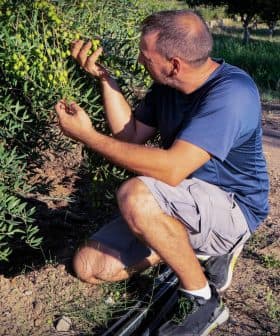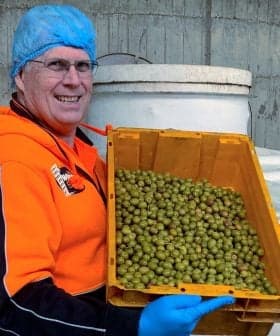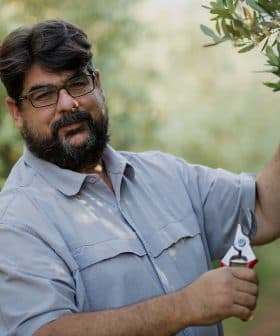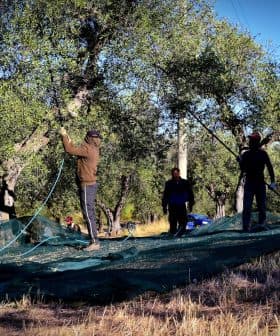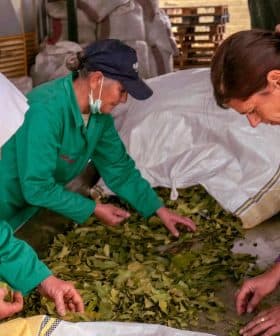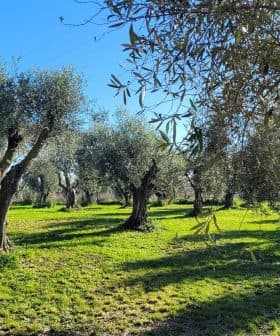Political and Economic Crises Complicate the Harvest in Lebanon
Rising production costs and a weak local currency have hampered the harvest for olive farmers.
 Kadisha Valley, Lebanon
Kadisha Valley, Lebanon The Lebanese olive harvest is expected to yield 21,500 tons of olive oil and 18,000 tons of table olives, slightly lower than last year but above the five-year average, according to the International Olive Council. The economic and political crises in Lebanon have impacted the industry, with rising production costs and a shortage of laborers affecting the traditional olive harvesting season.
The Lebanese olive harvest is nearing its conclusion with mixed results in the small Middle Eastern country.
According to preliminary estimates from the International Olive Council, Lebanon is set to produce 21,500 tons of olive oil in the 2021/22 crop year, a slight decrease compared with last year, but eight percent above the rolling five-year average.
The farmer is suffering because he and his household group are forced to do this harvest alone since wages for laborers are very high.
The IOC also estimates that table olive production will also drop slightly, falling to 18,000 tons, which is slightly below the rolling five-year average.
See Also:2021 Olive HarvestThis year’s olive harvesting season started in October and is expected to run until December, depending on the region and the stage at which the olives are harvested.
Historically, the olive picking season is an exciting time for Lebanese families as they gather with relatives before heading to the groves to harvest a crop that has been part of their culture for millennia.
However, the celebratory mood associated with the season is dampened this year by low production and the multiple crises, including what the World Bank calls a “severe and prolonged economic depression.”
Lebanon boasts 14 million olive trees covering more than 57,000 hectares, making the country a significant producer of table olives and olive oil for its size.
Lebanon is also home to some of the oldest olive groves in the world, including the renowned Sisters of Noah, which are said to be 6,000 years old. On average, Lebanese olive trees are 150 years old.
About 9.5 percent of women and 12 percent of men in Lebanon are employed in the agriculture sector, according to World Bank data. However, the depreciation of the Lebanese pound against the United States dollar due to the country’s economic and political crises has deeply impacted the industry.
“The farmer is suffering because he and his household group are forced to do this harvest alone since wages for laborers are very high,” said Ahmed Ibrahim, an olive farmer. “This is why they gather in the same house to harvest and they do not respond to workers who work with them or use the automatic machines that we used before.”
Maroun Salameh, who owns an olive mill, said some production costs, including diesel, have doubled. Suppliers also do not want to be paid in the unstable Lebanese currency, preferring payment in dollars.
“People understand the atmosphere,” he said. “It is clear that there is no secret. We have suffered for a long time, and now the costs have increased for the last two months. People are understanding and are not surprised.”
Share this article


